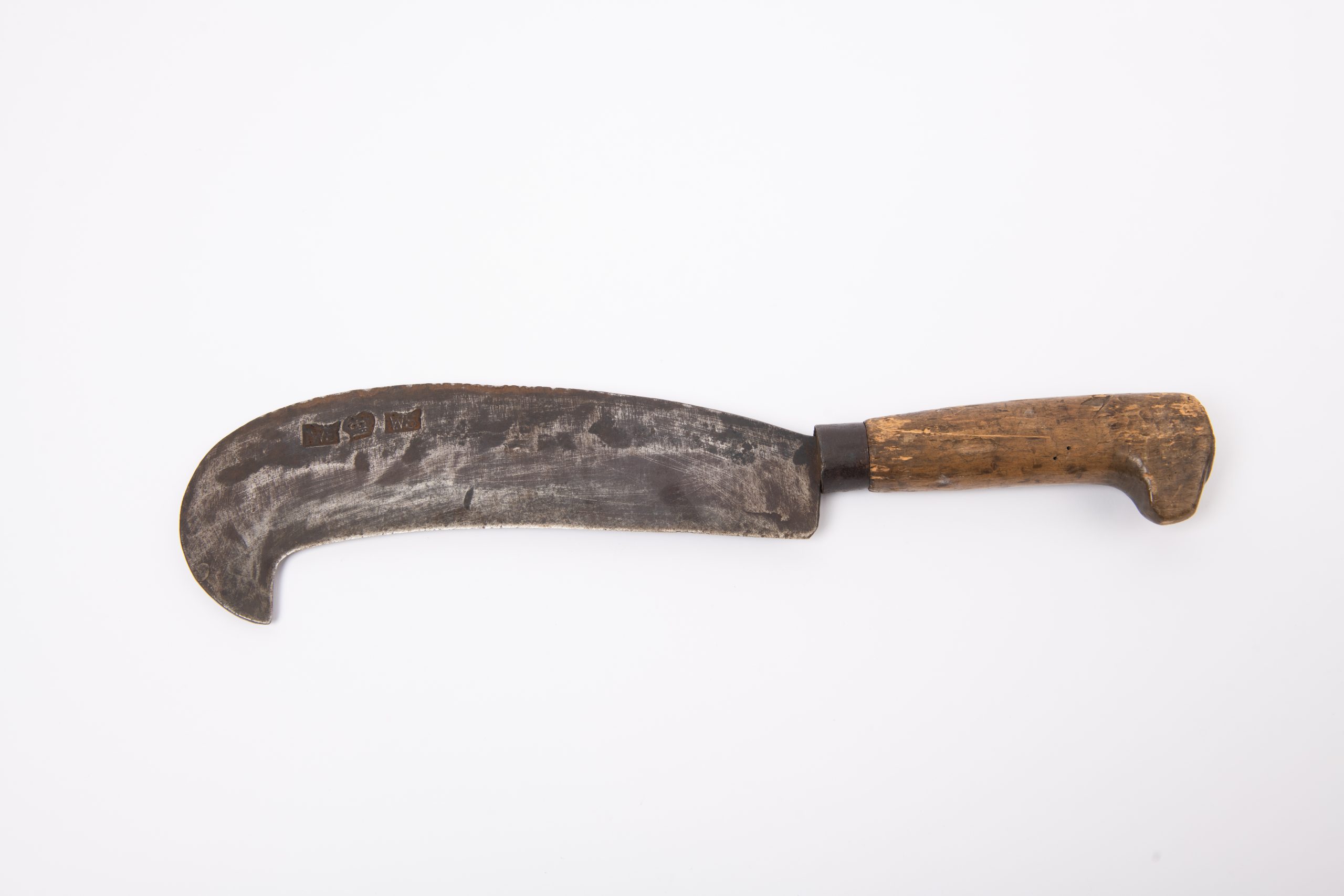Iron Age
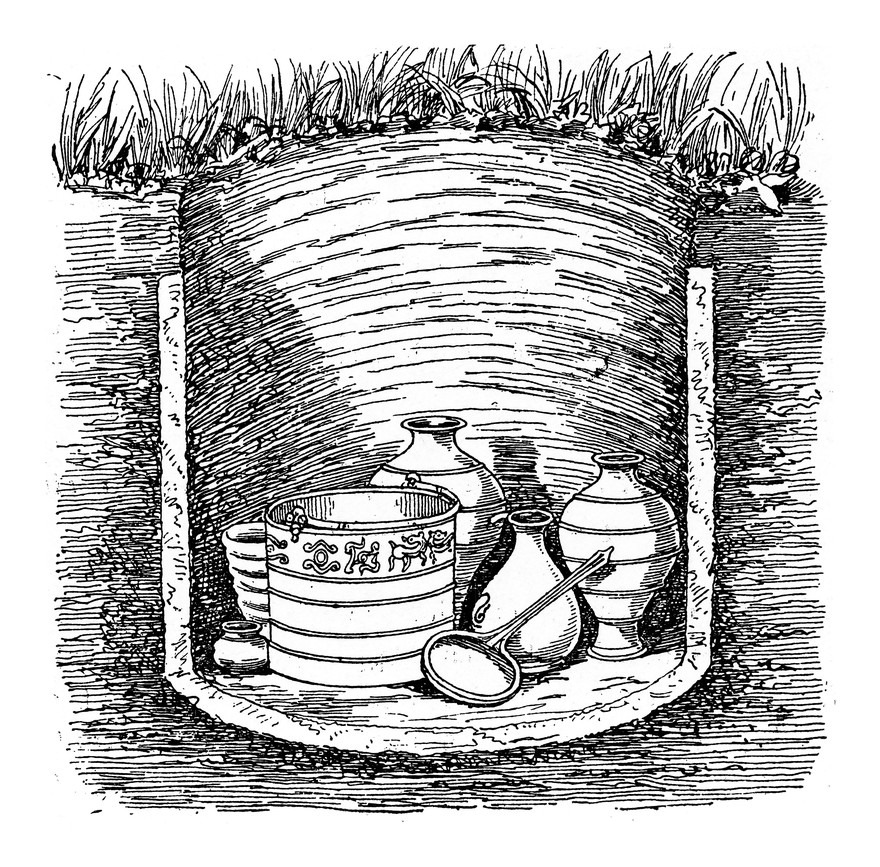
Oldbury camp is built by Celtic British tribes on a hill west of Ightham, in a strategic location overlooking routes through the Kentish Weald…
Bronze Age
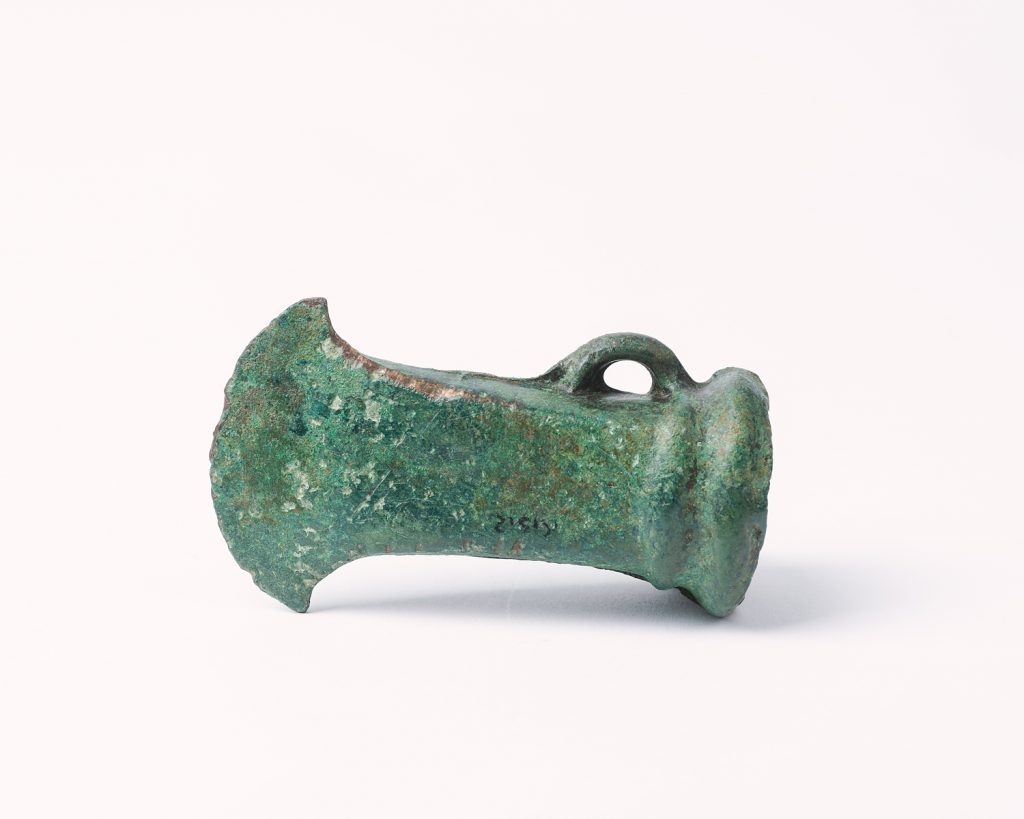
Bronze and copper replace stone as the preferred material for making tools and weapons.
The adoption of agriculture becomes widespread.
New Stone Age
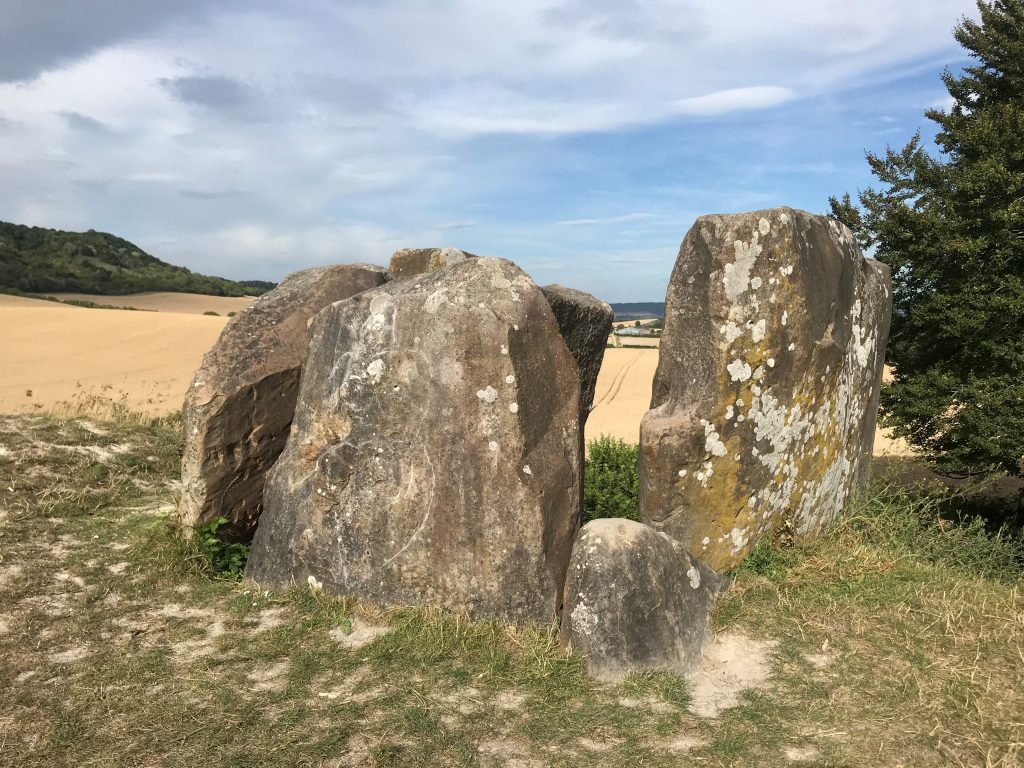
People begin farming and producing pottery, and take part in rituals that signify complex spiritual beliefs.
Britain has become an island after millennia of rising sea levels.
Modern humans
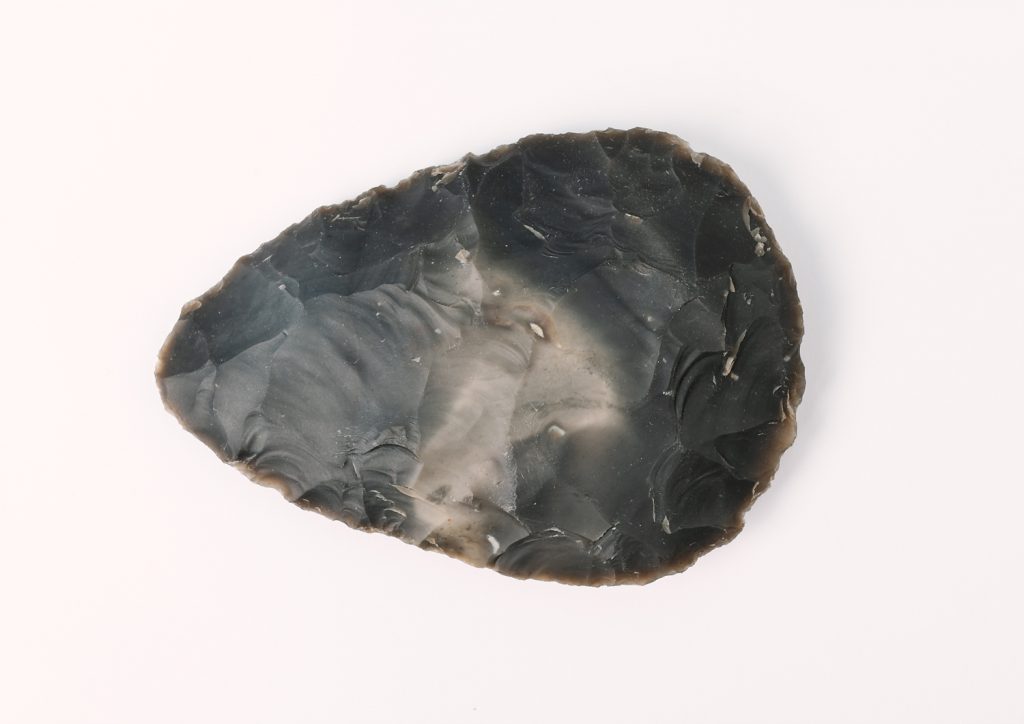
Homo sapiens have dispersed into Europe from Africa. They live in large groups, and make increasingly sophisticated tools and weapons from wood and stone.
Our stone age ancestors
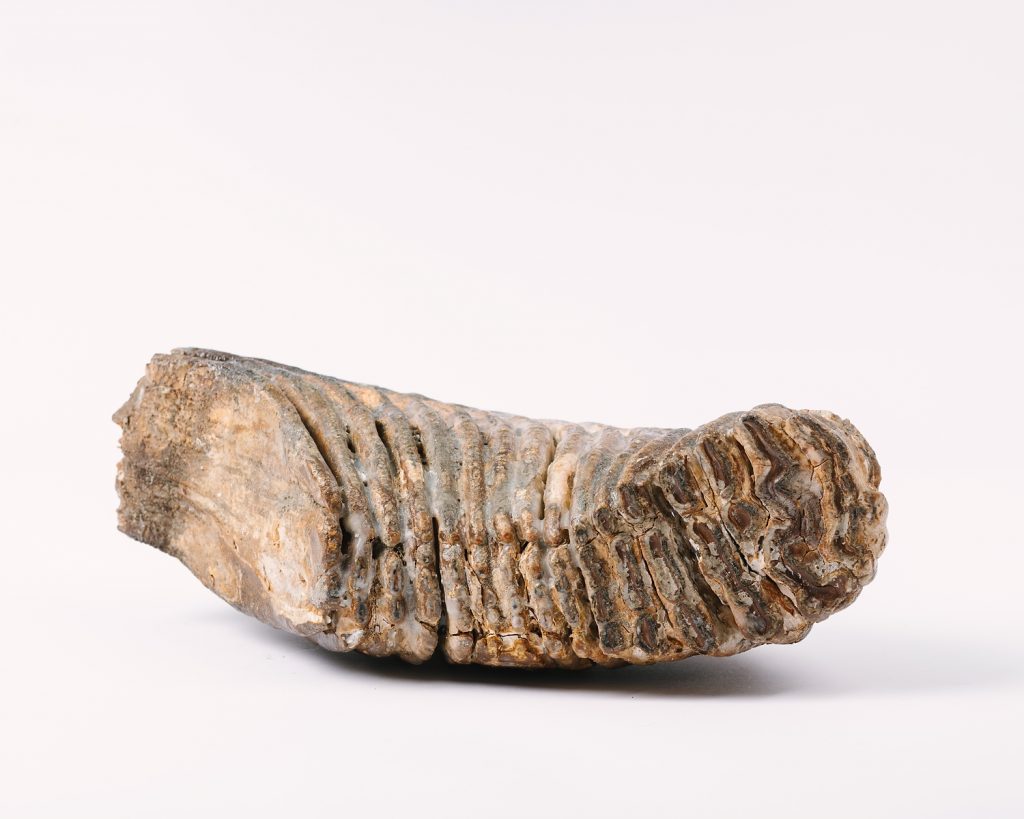
Ancestors of modern humans share the land with large mammals which they learn to hunt for food.
Britain is still attached to the continent.
Timeline 02
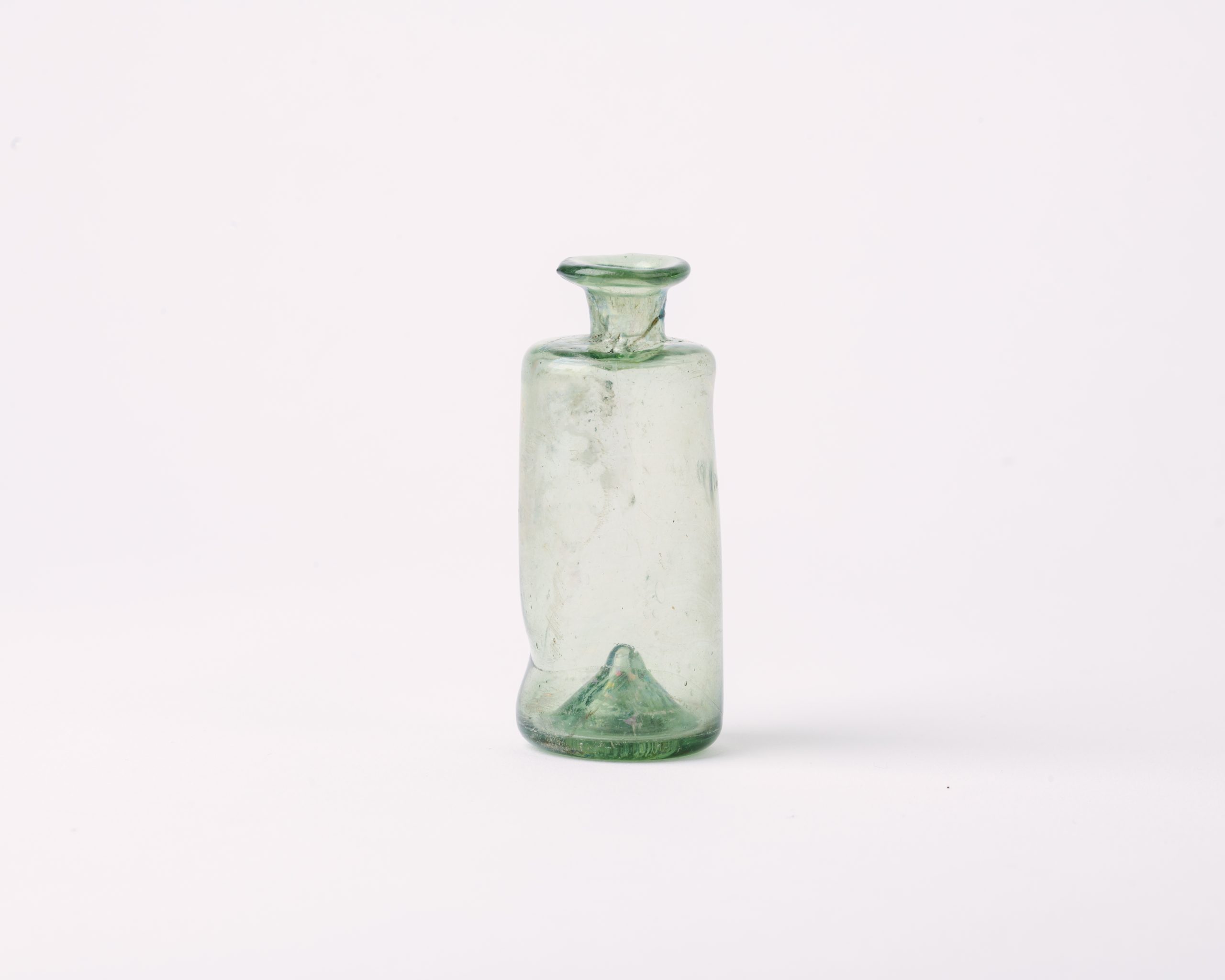
Timeline 01
